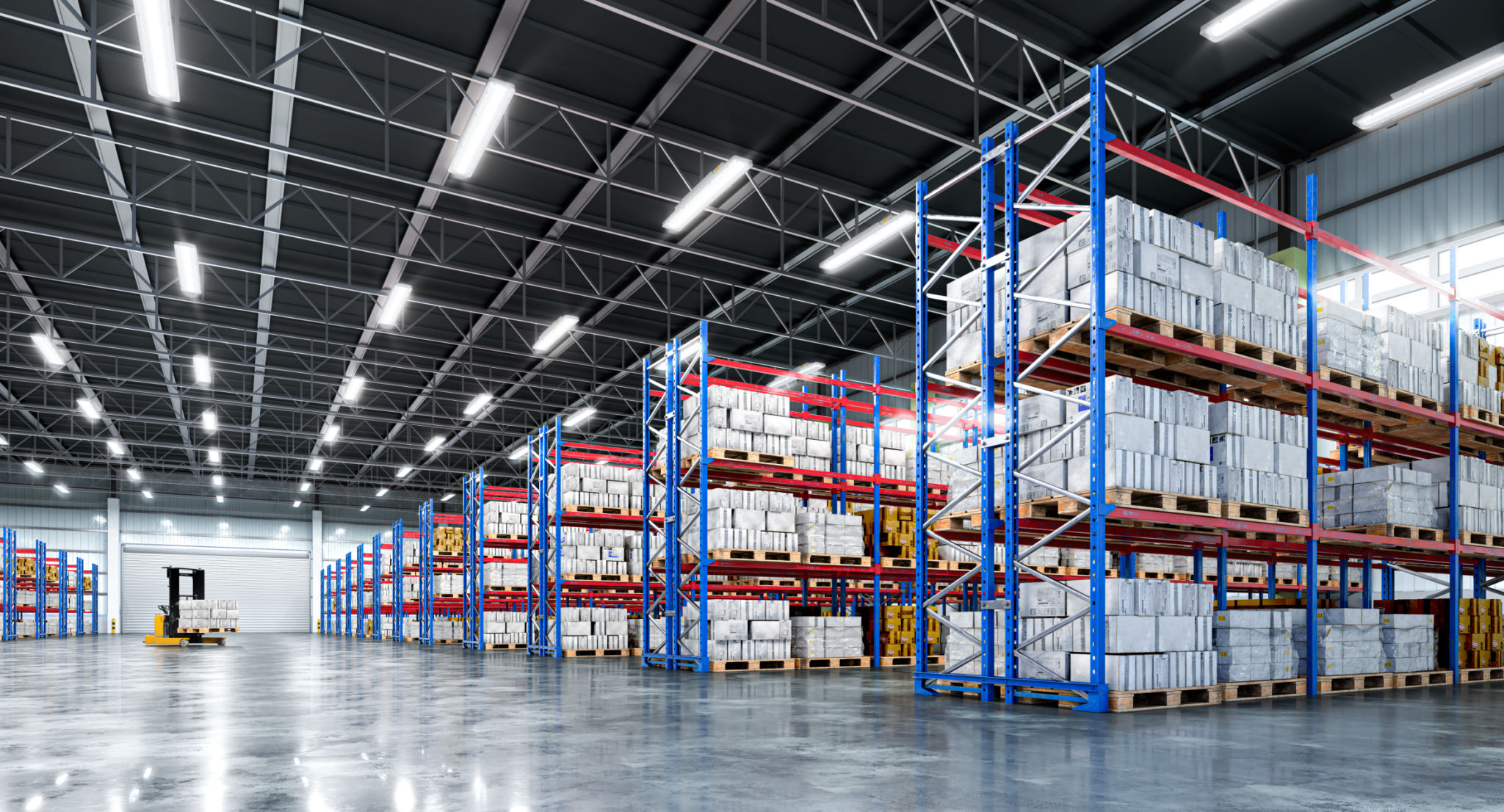Warehouse to Store Logistics: Streamlining Your Supply Chain for Maximum Efficiency
In the rapidly evolving world of retail, efficient logistics from warehouse to store are critical for ensuring customer satisfaction and maintaining a competitive edge. Streamlining your supply chain to maximize efficiency can lead to reduced costs, faster delivery times, and improved inventory management, ultimately boosting your bottom line.

Understanding Warehouse to Store Logistics
Warehouse to store logistics involves the movement of goods from storage facilities to retail outlets. This process requires careful coordination and planning to ensure that products are delivered on time and in the right quantities. A well-organized logistics system minimizes delays and prevents stockouts, helping businesses maintain optimal inventory levels.
Optimizing Inventory Management
Effective inventory management is a cornerstone of streamlined logistics. By leveraging technology such as inventory management software, businesses can gain real-time visibility into stock levels and demand patterns. This allows for more accurate forecasting and helps prevent overstocking or understocking, both of which can be costly.

Enhancing Transportation Efficiency
Transportation is a significant component of warehouse to store logistics. To enhance efficiency, businesses can explore various strategies such as route optimization, which reduces transit times and fuel consumption. Partnering with reliable carriers who offer timely deliveries can also make a substantial difference in maintaining a smooth supply chain.
Additionally, considering multi-modal transportation solutions can provide flexibility and cost savings. By combining different transportation methods, such as road and rail, companies can adapt to changing circumstances and ensure timely deliveries.
Leveraging Technology for Better Coordination
Technology plays a vital role in streamlining logistics processes. Implementing advanced warehouse management systems (WMS) can automate many aspects of warehouse operations, from picking and packing to tracking shipments. These systems provide valuable data that can be used to refine processes and improve overall efficiency.

Collaboration and Communication
Effective communication and collaboration among all stakeholders are essential for a seamless supply chain. Establishing clear lines of communication between warehouse staff, transportation providers, and store managers ensures that everyone is on the same page. This reduces the likelihood of misunderstandings and errors that could disrupt the logistics process.
Continuous Improvement for Long-Term Success
Finally, continuous improvement is crucial for maintaining an efficient supply chain. Regularly reviewing logistics processes and identifying areas for enhancement can lead to long-term success. Incorporating feedback from staff and customers can provide valuable insights into areas that need attention.
Adopting a proactive approach to problem-solving and staying informed about industry trends can also help businesses stay ahead of the competition. By embracing innovation and remaining flexible, companies can ensure that their warehouse to store logistics remain efficient and effective in the face of changing market dynamics.